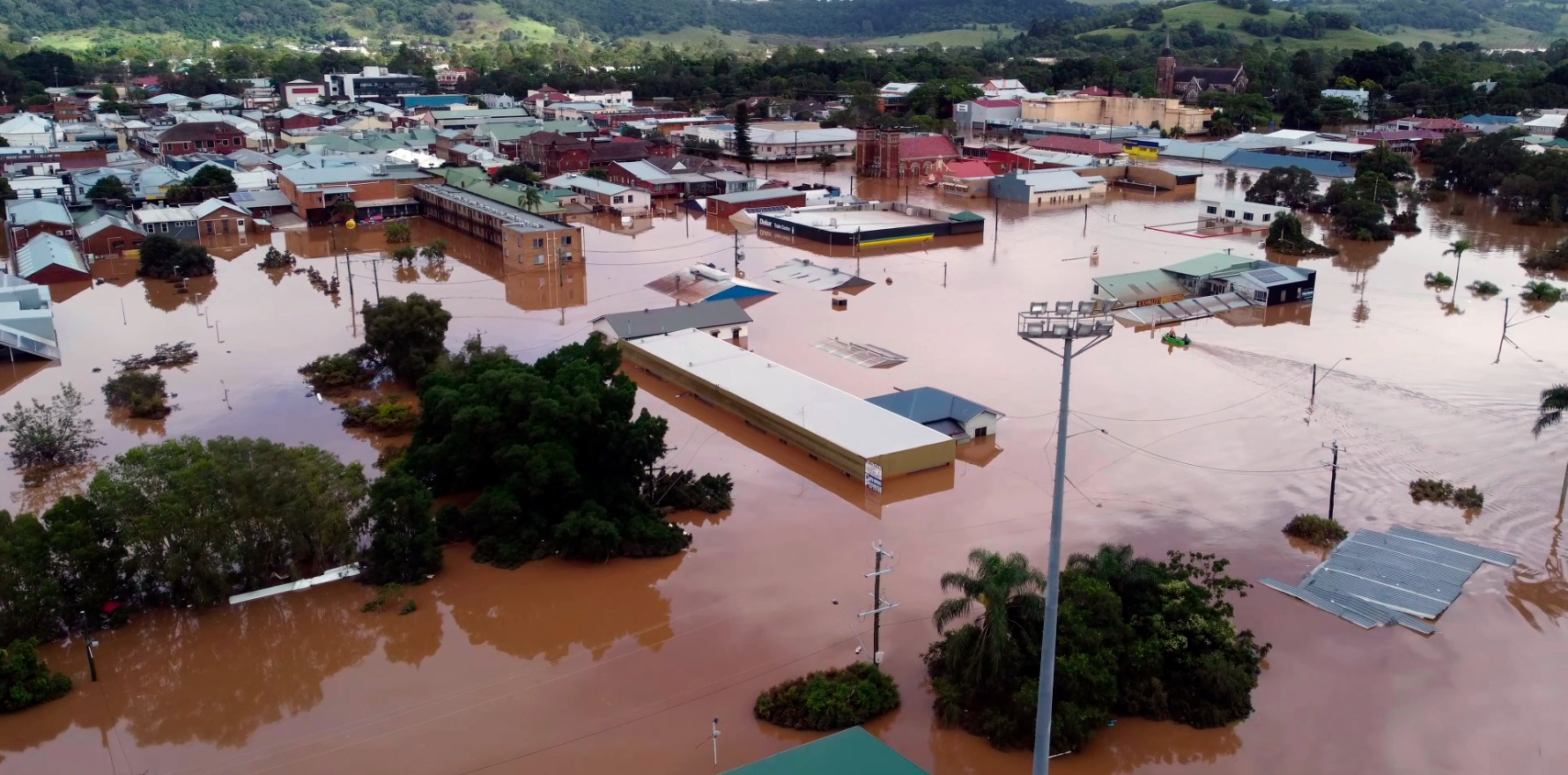The COP27 meeting wrapped up in Egypt over the weekend, with a financial reparation scheme for developing countries approved but less said on reducing emissions – so how can doctors help?
We only have to look out the window to see evidence of climate change. Torrential rains, storms and flooding at unprecedented levels are battering a country still reeling from the millennium drought and the black summer fires.
As health professionals, we cannot help but see the toll the subsequent loss of infrastructure and the displacement of people takes on the physical and mental health of our communities.
We have heated the planet by 1.1 degrees C since 1880, and are on track to hit 1.5 degrees C in the early 2030s. What we are seeing today is a harbinger of what is to come and should motivate us all to work to prevent runaway global warming and to prepare for the impacts of climate change on our world.
A national sustainable health strategy
The federal government’s budget announcement of $3.4 million over 4 years for a national health and climate strategy and the establishment of a National Sustainable Health Unit is welcome and necessary.
It comes on the back of persistent advocacy by Doctors for the Environment Australia (DEA) and the Climate and Health Alliance – which includes more than 100 health sector organisations – who recognise that climate change is the most significant health issue of our time and that we have a responsibility to address it.
It is an opportunity for the health sector to elevate understanding of the health impacts of climate change and incorporate climate mitigation and adaptation into our planning and operations.
Taking action will demonstrate to the wider community that we recognise the human health threat and that we are addressing our duty of care to protect human health from the harm brought by climate change.
A national health and climate strategy must incorporate:
- A thorough assessment of the impacts of climate change on health in Australia. There is excellent work to draw on here, including the 2022 MJA-Lancet Countdown on health and climate change, which demonstrates the depth and breadth of climate health effects. Further work is needed, however, and the strategy must include support for ongoing research.
- Robust measurements of our current carbon footprint. Healthcare makes a sizable contribution to Australia’s carbon footprint. It amounted to 7% in 2014-2015 – comparable to that of South Australia plus the Northern Territory – with the vast majority coming from the hospital sector. We need to track the numbers to measure the success or failure of our actions and to identify areas where carbon mitigation efforts will have the greatest effect.
- Clear emissions reduction targets for the healthcare sector, including an interim reduction target. The AMA and DEA have jointly called for the healthcare sector to reach zero emissions by 2040, with an interim reduction target of 80% by 2030, and can show how this can be achieved (see the link above). The government’s strategy should reflect these targets and it needs to work in consultation with the medical community to be successful.
- A public health communications campaign. The federal strategy should draw on the experience of the public health sector to educate health practitioners and the public about ways to address climate and health.
Implementing the strategy
A national sustainable healthcare unit (nSHU) to implement the strategy is sensible and necessary to coordinate this national response. This unit will need to be highly consultative and collaborative to ensure buy-in from the health sector, including federal and state health departments, the nursing and medical colleges, hospitals, primary health networks etc.
Sustainable development must be embedded within all aspects of healthcare and not sit separated from the mainstream.
Climate action is fiscally responsible and represents high quality patient care. As DEA’s proposal for an nSHU demonstrates, responsible sustainable healthcare can achieve the triple aim of carbon mitigation, financial sustainability and quality health service delivery. This is achieved by:
- Providing preventative health care: through public health improvements and disease prevention, e.g. decreasing rates of diabetes and obesity. General practice has a key role here in reducing the need for high-carbon, expensive hospital-based medicine.
- Matching healthcare supply with demand: by streamlining our systems to reduce duplication and prevent unnecessary tests and investigations. Avoiding low value and harmful care will reduce our carbon footprint by approximately 40% and improve patient outcomes.
- Reducing greenhouse gas emissions from healthcare services: through decarbonisation of healthcare delivery, facilities, operations, goods and supply chains and transforming healthcare to be part of the circular economy.
All aspects of healthcare contribute to and are affected by climate change. A national health and climate strategy is fundamental to preparing the health sector for its effects and to reducing our industry’s carbon burden.
We must embed sustainability within all aspects of our health system and need the support of the entire sector. It is vital that we offer that support in recognition that climate change is the biggest health threat facing humanity and not a problem where we can defer and delay action.
Climate change is a current health issue in Australia. We need to treat it.
Dr Kate Wylie is chair of the RACGP’s Climate and Environmental Medicine Specific Interest Group, and deputy chair of Doctors for the Environment Australia.







